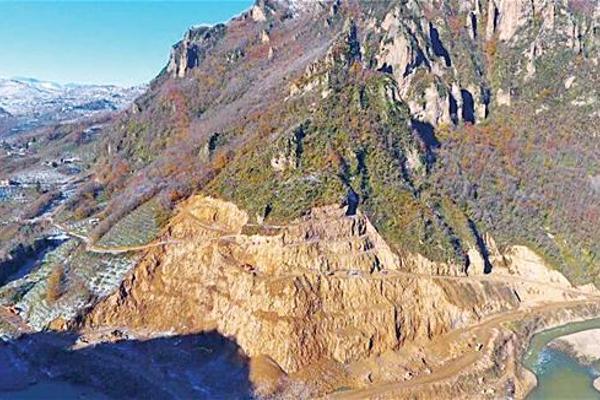Court bans rock quarry near Kybele sculpture
Ömer Erbil - ORDU


In 1996, the Samsun Cultural and Natural Heritage Preservation Board declared the castle a first-degree archaeological and natural site after requesting an environmental impact report (ÇED), prompting a court to cancel a license for the quarry, which had been opened inside the protected site.
In 2011, the board again decided that the opening of the quarry would not be proper in the area. But Kırca Engineering, which operates the quarry, filed a claim at the Ordu Administrative Court, stating that the quarry and the castle were located on different rock masses and duly requested that the size of the protected site be reduced.
Although an expert report stated that the quarry could completely destroy the castle, the Ordu Museum made a different report, stating that the quarry area could be excluded from the archaeological site. The court then approved the request to exempt the quarry area from the archaeologically protected zone and canceled the board’s decision.
The Culture and Tourism Ministry subsequently appealed the court decision that gave permission for the quarry to continue operations at the site.
Finally, the Council of State reversed the decision on grounds that the quarry area was in a first-degree archaeological site and that it would harm the region.
The Ordu Administrative Court revived the suit following applications from the quarry company, even though the ministry stated that “the [historical] remains would be damaged by quakes that would be created by the explosions and that Kurul Castle was in an archaeologically rare region and should be protected.”
With the most recent court ruling, the initial decision by the Samsun Cultural and Natural Heritage
Preservation Board to deny permission for the quarry has put back into force.
Kurul Castle is located at the peak of the Kurul Rocks in Ordu’s Bayadı village and dates back to the age of Mithridates VI, a king of Pontus and Armenia Minor in northern Anatolia from about 120 to 63 B.C.
